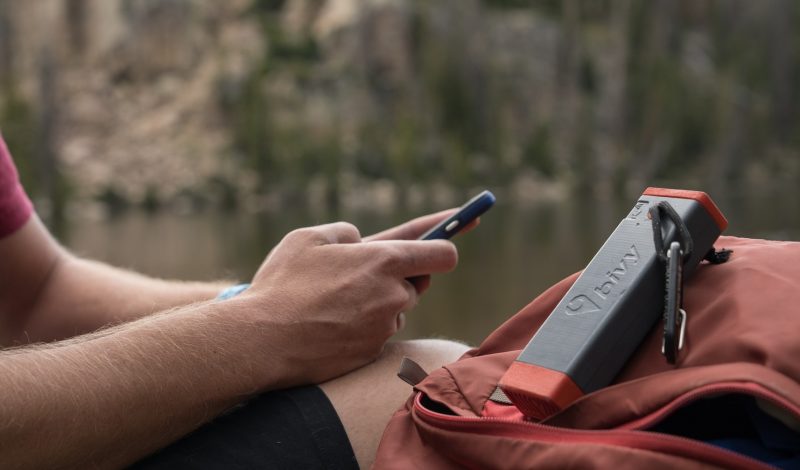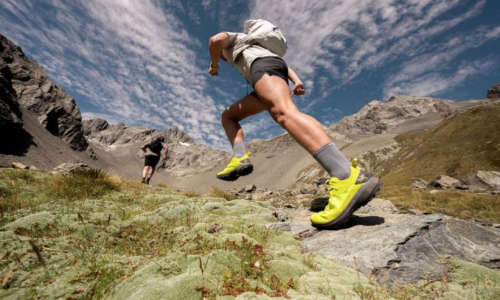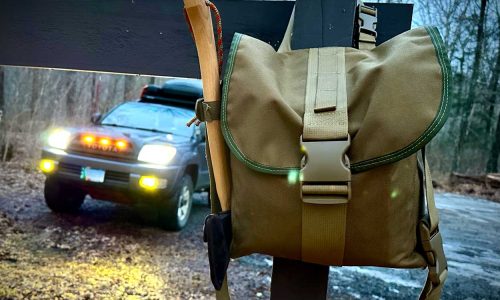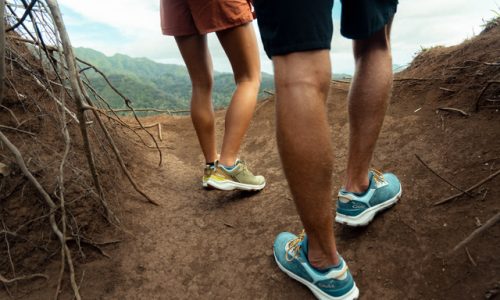I try and find myself without cellphone signal as often as possible — it’s kind of the point of getting out in the wilderness. Leaving the fast-paced, tech driven world we live in behind for some peace and nature is restorative, but the potential is there to face a life and death emergency and be unable to contact someone for help.
On a recent trip to Perú, several of my friends and I ventured uphill to some Incan ruins, without our guide just before dusk, and no less than seven of us walked right over a Fur-du-Lance, without actually stepping on it. The last person in our crew saw the snake and snapped a photo (getting a little too close for comfort, in hindsight) of the deadliest snake in South America.
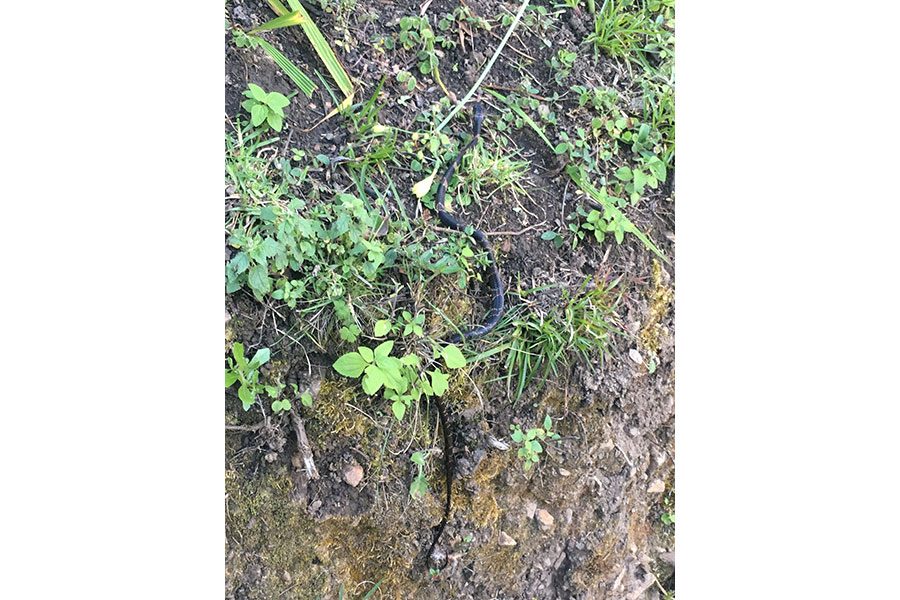
It’s incidents like this which make me consider subscribing to sat phone service or, at least, getting a satellite communicator like a Spot or DeLorme. It’s can be a pricey proposition and a costly monthly expense, and I know I’d be hard pressed to use it enough to justify the charges throughout the year. Bivy’s new Bivy Stick offers me a solid alternative. The people behind the popular route-finding app “Bivy” have ventured into the satellite communicator market. Their “Bivy Stick” device bridges the gaps in your cell phone coverage by adding satellite texting, tracking, and SOS capabilities to the Bivy app.
The unique and compelling thing about the Bivy Stick is that you no longer need to be tied to a monthly subscription. You can buy “credits” for your stick and they’re good for text messages and tracking hours all around the globe using the Iridium network. There is a $17.99 plan fee for 30 days, but there’s no commitment to continue with the plan, which includes 10 credits. If you just need the stick active for a trip in July and then one in December, for example, just activate it for those two months for $35.98. You can stick with the plan throughout the year, if you’re going to be using it on a regular basis. But I’m sticking with buying credits for texts so that I can contact my friends and family only while traveling off the grid.
I took my Bivy Stick on a recent trip to Banff, Alberta. Skiing in the mountains of Banff National Park, I was often without cell service. And while I didn’t need to contact anyone, it was nice knowing that I could. Additionally, I was able to track my backcountry routes through the Bivy Stick and the Bivy app, allowing loved ones to track my progress online — even though I didn’t have the cell service that’s usually required to upload my tracks to the Bivy servers.
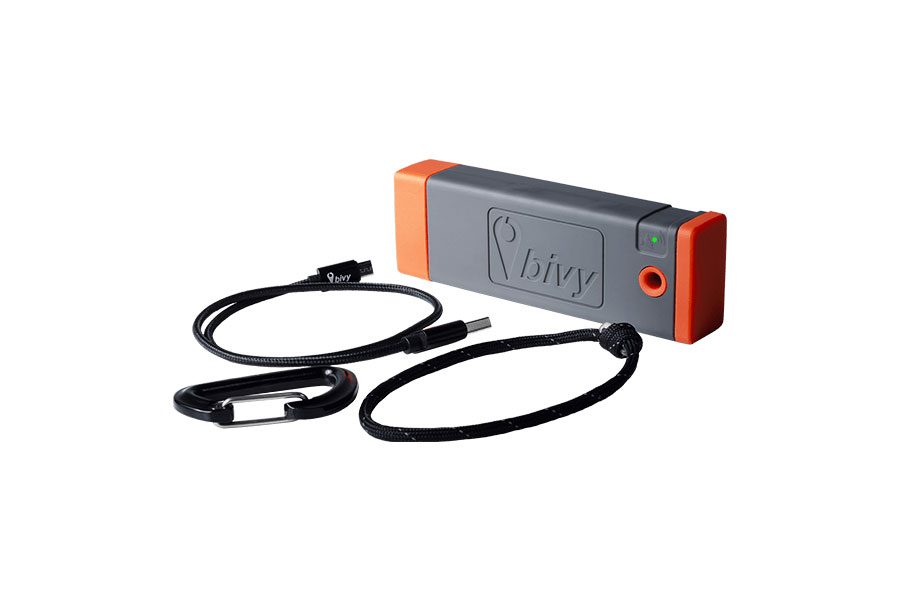
The Bivy Stick weighs in at 7.2oz (204g) and is about the size of an elongated bar of soap (6”x2”x1”). Its 5200mAh lithium ion battery provides up to 400 hours of tracking (at 10 minute intervals) and can also be used to charge up your smartphone in a pinch. It comes with a short tether cord and carabiner for attaching it to your pack — it needs to be on the outside to maintain a good sat signal. And you can also use credits to download weather reports via satellite.
One of the only drawbacks to the setup is that you need both your cellphone and the Bivy Stick charged and ready to go instead of one self-contained device. So if your phone breaks or gets water damage, you could be SOL. If you’re traveling with others, be sure they have downloaded the app as well — just as a backup.
If you go off the grid on occasion, or even more often, Bivy Stick is a compelling alternative to a DeLorme or Spot, and doesn’t lock you into any contracts. Learn more about Bivy Stick here: https://www.bivystick.com.








